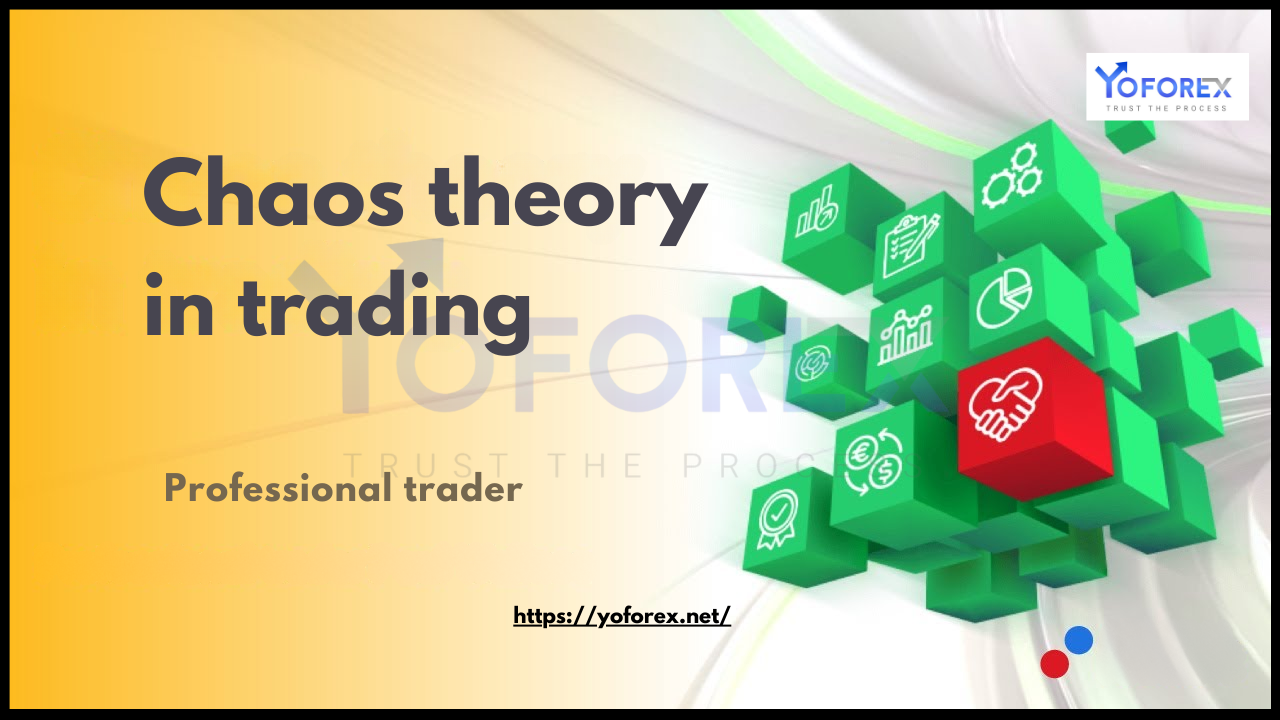The Forex market is often seen as chaotic and unpredictable, making it one of the most challenging financial markets to forecast accurately. Traditional technical and fundamental analysis techniques help traders make informed decisions, but they often fall short when dealing with the seemingly random fluctuations of currency pairs. This is where Chaos Theory comes into play. Chaos Theory provides a different perspective on market movements, revealing that what appears to be random may have underlying patterns and structures. This article delves into Chaos Theory, its principles, and how it can be applied to predicting Forex market movements.
Understanding Chaos Theory
Chaos Theory is a branch of mathematics that studies complex systems whose behavior is highly sensitive to initial conditions. It suggests that seemingly random events may follow deterministic laws but are difficult to predict due to their complexity.
Key Principles of Chaos Theory:
- Butterfly Effect – Small changes in initial conditions can lead to vastly different outcomes. This principle is often summarized by the metaphor that a butterfly flapping its wings in Brazil could trigger a tornado in Texas.
- Fractals – Self-replicating patterns found at different scales in nature and financial markets. Forex price movements often exhibit fractal-like behavior.
- Non-linearity – Unlike linear systems where the relationship between variables is straightforward, chaotic systems exhibit feedback loops where outputs can influence future inputs in unpredictable ways.
- Strange Attractors – Points in a system that represent equilibrium or a pattern that a chaotic system tends to follow over time.
Chaos Theory and the Forex Market
The Forex market is influenced by a multitude of factors, including macroeconomic indicators, geopolitical events, and trader psychology. While traditional analysis methods try to predict price movements based on historical trends, Chaos Theory seeks to understand the hidden order within market fluctuations.
How Chaos Theory Applies to Forex:
- Pattern Recognition: Forex price movements are not entirely random but exhibit recurring fractal structures. Traders can use fractal indicators to identify potential market trends.
- Sensitivity to Initial Conditions: Small economic or political changes can have a significant impact on currency prices. Understanding this can help traders anticipate major price shifts.
- Dynamic Market Structures: Instead of assuming that past price trends will continue indefinitely, Chaos Theory helps traders understand how markets evolve in complex, non-linear ways.

Chaos-Based Trading Strategies
Several trading strategies leverage Chaos Theory to enhance market predictions. Here are a few commonly used approaches:
1. Fractal Analysis
Fractals in Forex trading refer to repeated patterns in price movements. The Bill Williams Fractal Indicator is widely used to identify market turning points by marking recurring high and low points.
- How to use it:
- Identify fractals that form at key support and resistance levels.
- Use fractals in conjunction with other indicators, such as Moving Averages or Fibonacci retracements, to confirm trading signals.
2. Lyapunov Exponents and Market Stability
Lyapunov Exponents measure how sensitive a system is to initial conditions. Positive Lyapunov Exponents indicate a high degree of chaos, meaning the market is unpredictable, while negative values suggest stability.
- Application in Forex:
- When markets show high chaos, traders should avoid trend-following strategies.
- During periods of low chaos, long-term trend strategies may be more effective.
3. Elliott Wave Theory and Chaos Theory
The Elliott Wave Principle, developed by Ralph Nelson Elliott, aligns with Chaos Theory by describing how market movements form fractal wave patterns.
- How to use it:
- Identify impulse and corrective waves to anticipate future price movements.
- Combine Elliott Waves with other technical indicators like RSI (Relative Strength Index) for better confirmation.
4. Strange Attractors and Price Forecasting
Strange attractors describe patterns that chaotic systems tend to follow over time. In Forex trading, these attractors can be used to predict price ranges and areas of price equilibrium.
- How to use it:
- Identify long-term price clusters where currency pairs tend to settle before making sharp moves.
- Use statistical tools like Hurst Exponent to measure the persistence of price trends.
Tools for Implementing Chaos Theory in Forex Trading
Several tools and indicators can help traders apply Chaos Theory to their strategies:
- Bill Williams’ Indicators:
- Fractals: Identify reversal points.
- Alligator: Determines market trends.
- Awesome Oscillator: Measures market momentum.
- Fractal Geometry Software: Used to analyze market data for fractal patterns.
- Computational Models: Algorithms that use Chaos Theory principles to forecast price movements.
Limitations of Chaos Theory in Forex Trading
While Chaos Theory provides valuable insights, it is not a perfect solution. Some limitations include:
- Complexity: Requires deep mathematical understanding and computational resources.
- Data Sensitivity: Small errors in data can lead to vastly different predictions.
- Lack of Predictability in Short-Term Trading: Forex markets are influenced by high-frequency trading and sudden news events that can disrupt chaotic patterns.
Conclusion
Chaos Theory challenges the conventional notion that Forex markets are entirely random by revealing underlying patterns in price movements. By understanding fractals, the Butterfly Effect, and Strange Attractors, traders can develop more advanced strategies to anticipate market trends. While applying Chaos Theory to Forex trading requires technical expertise, its principles can be integrated with traditional analysis methods to improve accuracy and profitability.

